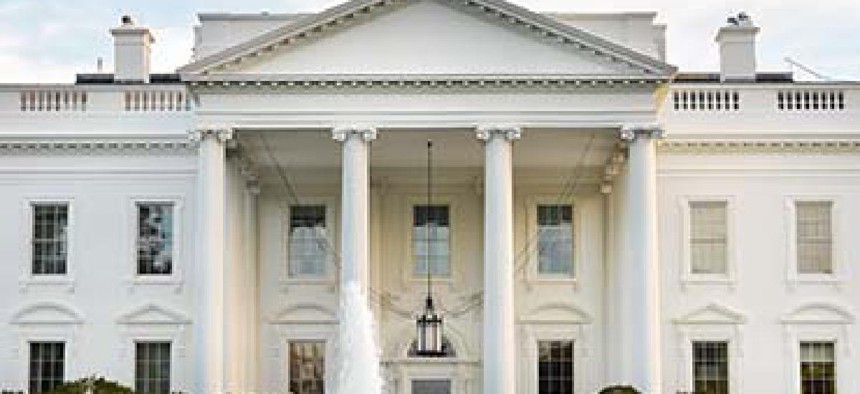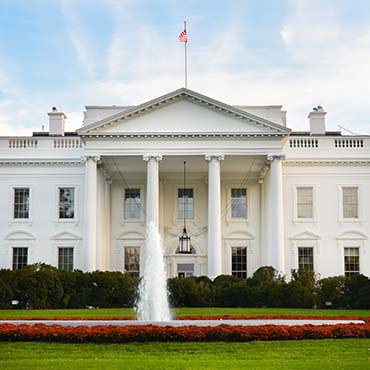White House laments Cold War-era R&D structure

"Too often, the most agile and innovative companies are unwilling to work with government," the Office of Science and Technology Policy document says.

The research and development apparatus that supports U.S. national security was designed for the Cold War and not present-day threats in cyberspace, the White House said in a new technology and security strategy.
"America's national security research and development system is structured to respond to the military threats and economic opportunities of the last century," the policy document published by the White House Office of Science and Technology Policy (OSTP) says. That system lacks the "tools and processes to identify the best commercial technologies and apply them to national security problems in a timely way."
The White House document reaffirms what U.S. officials have long been saying: the technologies needed to thwart sophisticated adversaries often lie outside of the federal government's traditional contracting base.
The solution to this antiquated national security R&D apparatus, the document says, is a big push to harness private-sector innovation.
However, OSTP acknowledges the fundamental challenge: "too often, the most agile and innovative companies are unwilling to work with government national security customers due to the time, cost, and complexity imposed by federal acquisition processes."
Acquisition officials across government have tried to reform procurement guidelines and in some cases circumvent them. The new White House strategy implies that U.S. national security hinges on the success of these reform efforts.
The strategy also documents several global trends that are challenging the United States' ability to use technology to project power, including asymmetric threats enabled by cyberspace and outsourcing by big tech firms.
"The global proliferation of the cyber domain imposes risks to cyber infrastructure and creates the unwanted possibility of instant widespread dissemination of national-security-sensitive information," the document states.
The strategy also considers cybersecurity the "responsibility of all sectors of society." That is in line with a cybersecurity commission President Barack Obama established in February. The commission includes executives from MasterCard and Uber and aspires to nothing less than shaping how American society approaches internet security for years to come.
The strategy puts faith in the ability of open architectures and modeling and simulation to drive down the cost of tech development. It also puts faith in big data analytics.
"New and rapidly evolving technological capabilities such as high-performance computing, next-generation networks, and the Internet of Things will change the ways that data are created, analyzed, and disseminated across a wide spectrum of uses," the strategy states.


